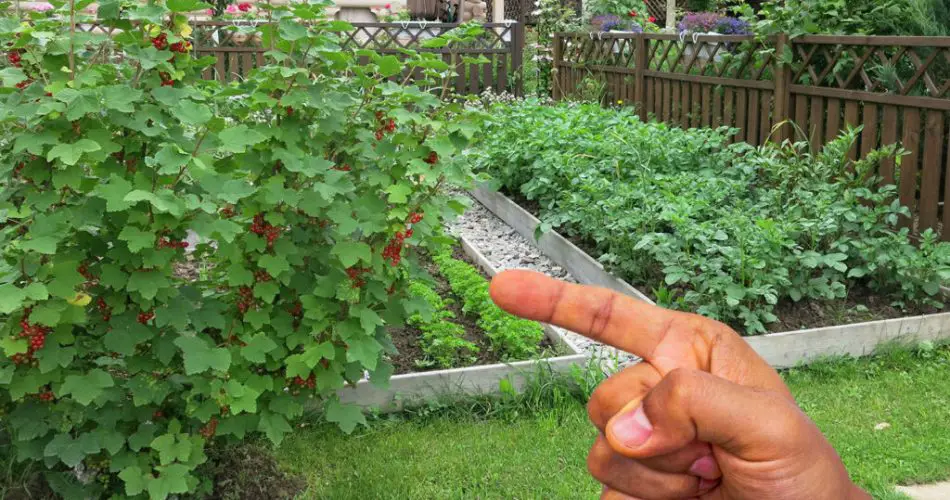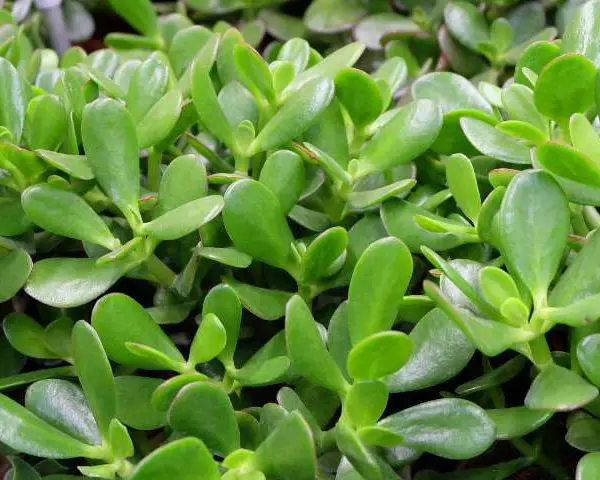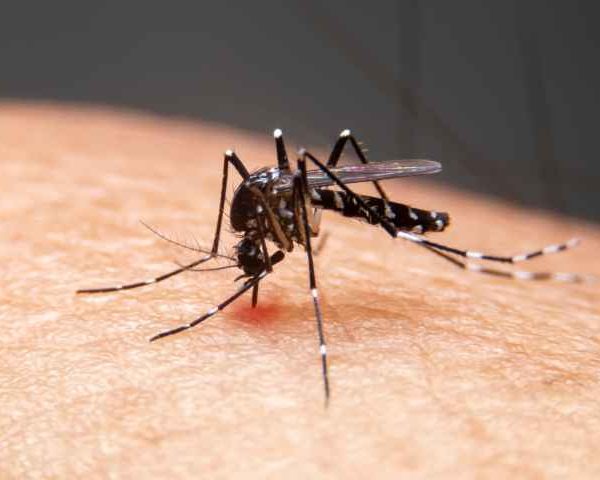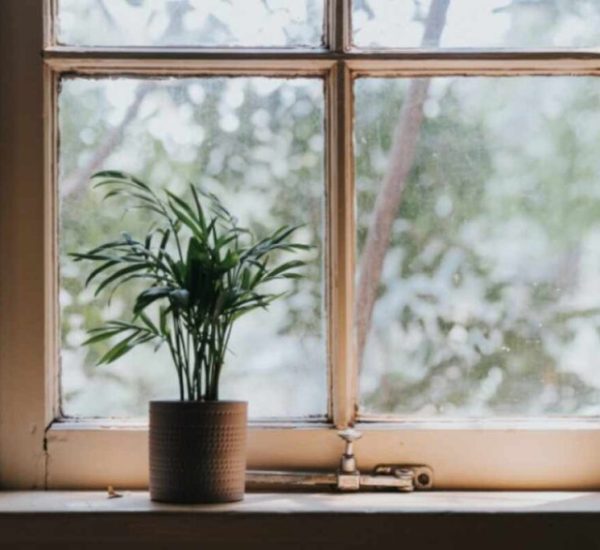Blackcurrant bushes should consistently provide a good harvest. However, the yield depends on factors such as variety, climatic conditions, proper care, and the surrounding plants. Here’s what you need to know about which plants should not be planted near currants.
Incompatible Neighbors
- White and Red Currants: Avoid planting these next to black currants, as they share common diseases and have different growth conditions. Unlike red currants, black currants thrive in partial shade and require more space.
- Gooseberries: Similar to the above, do not plant gooseberries nearby for the same reasons of space and disease susceptibility.
- Moisture-Loving Plants: Avoid planting moisture-loving plants like game, sloe, plum, and birch nearby. These can lead to smaller berries and dry ground under the currant bush.
- Conifers: Keep coniferous plants away, as they can cause rust in currants.
- Other Incompatible Plants: Do not plant elderberry, cherry, viburnum, rose hip, nasturtium, or roses nearby, as these plants are often affected by aphids, which can harm your currants.
- Cherries and Raspberries: These should not be planted next to black currants either. Raspberries can suppress the growth of currants, leading to reduced yield, while cherries can drain the strength from the currants.
By avoiding these incompatible plants, you can help ensure a robust and fruitful harvest of blackcurrants!
Show Comments



